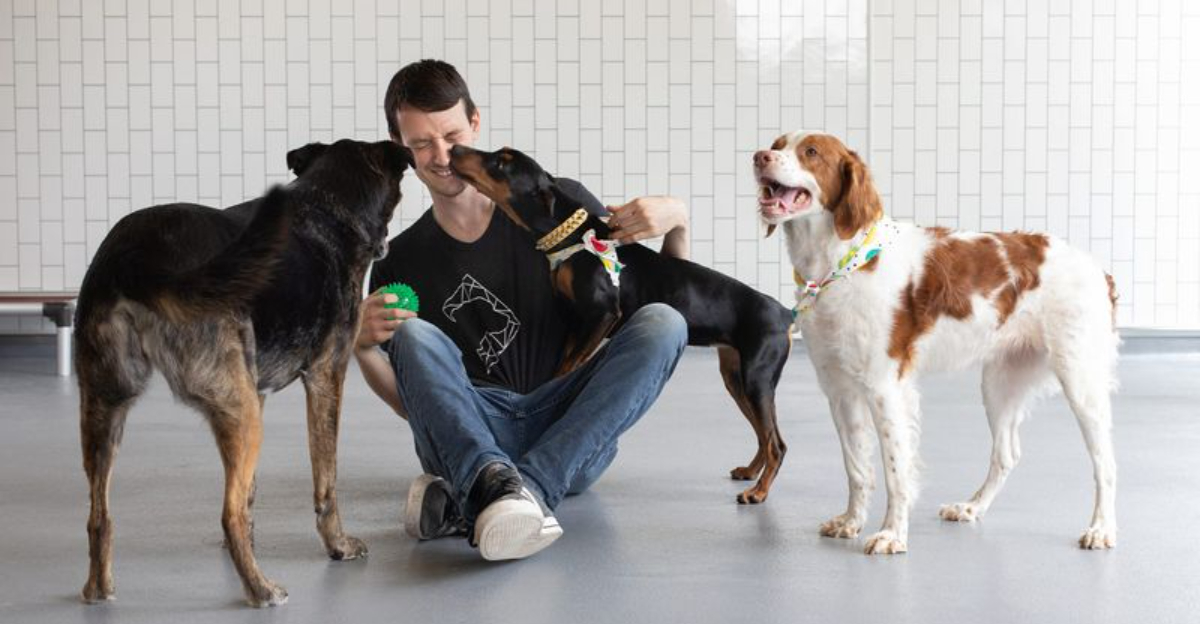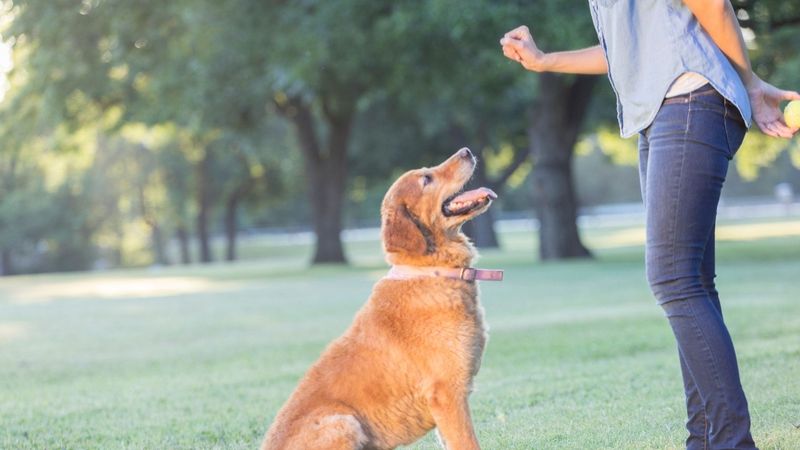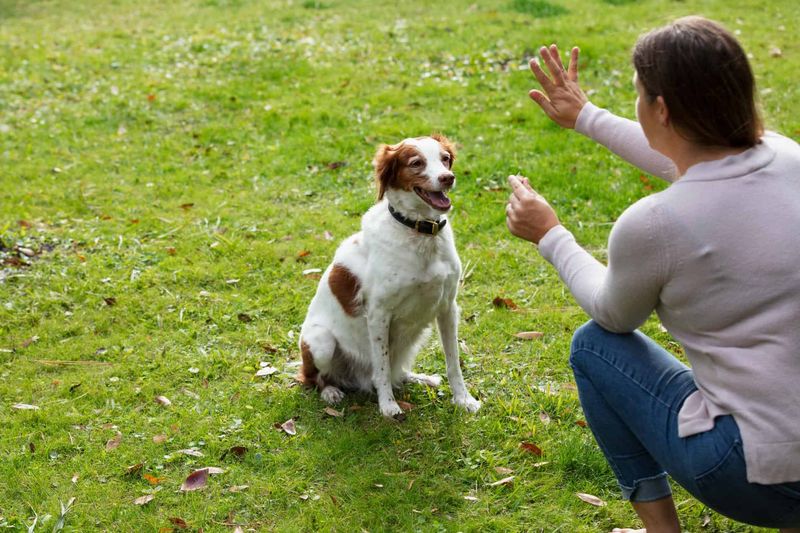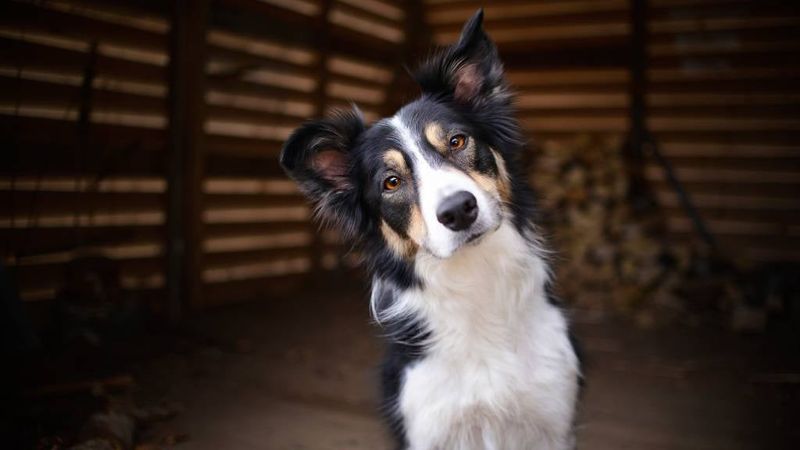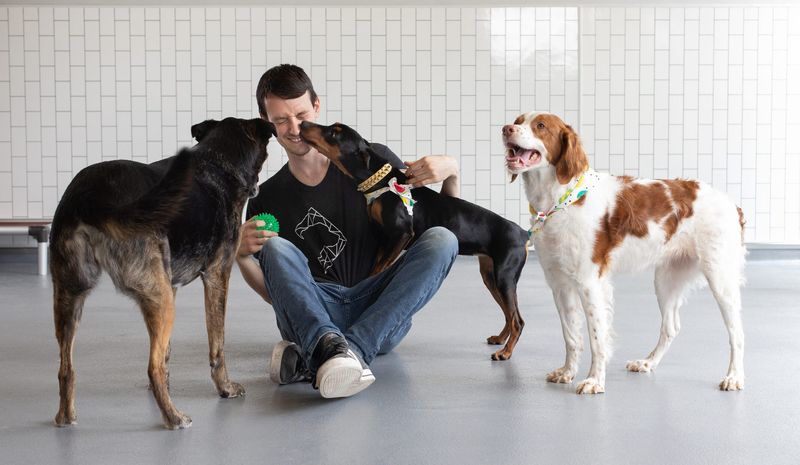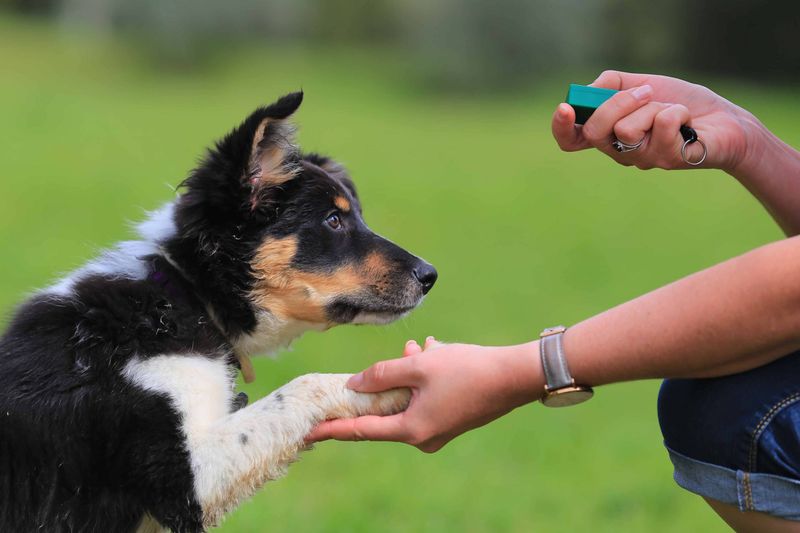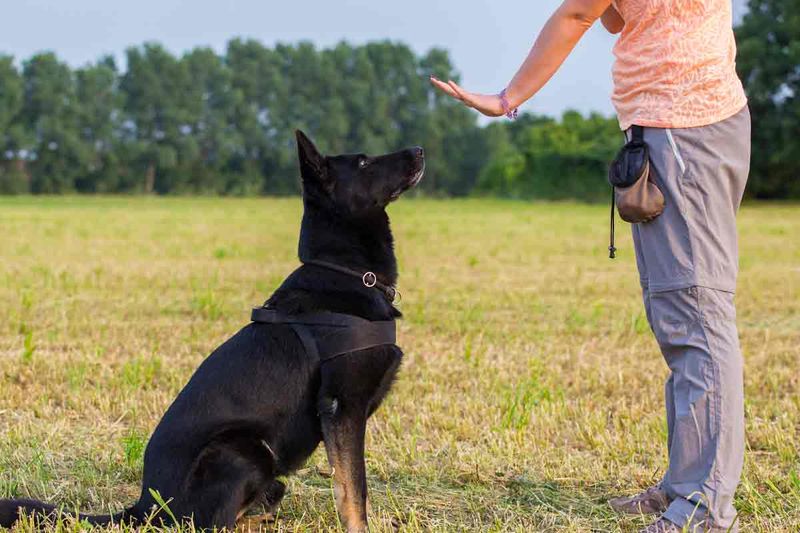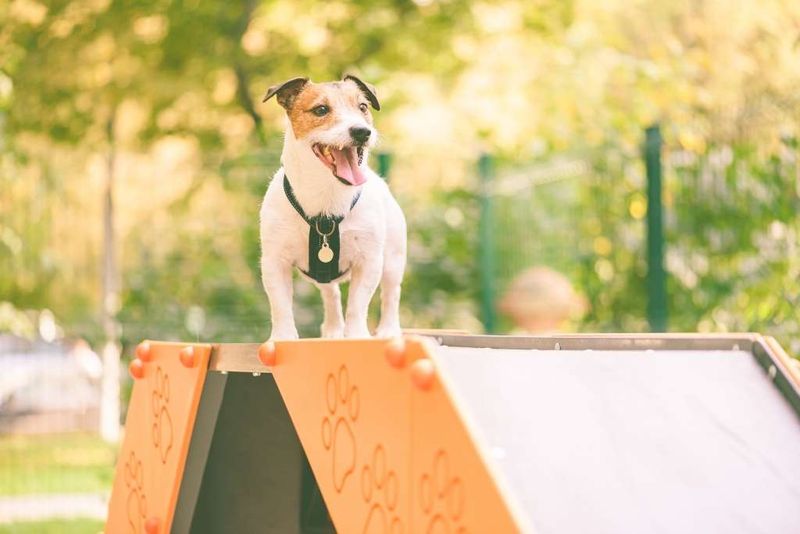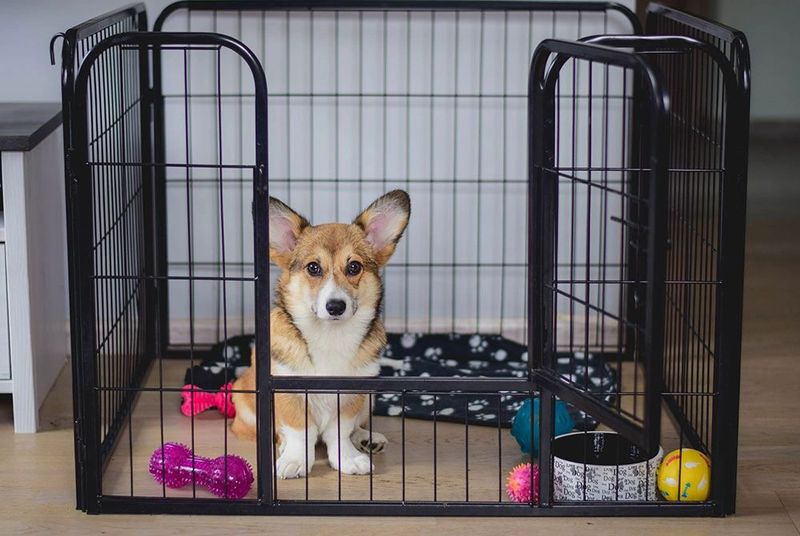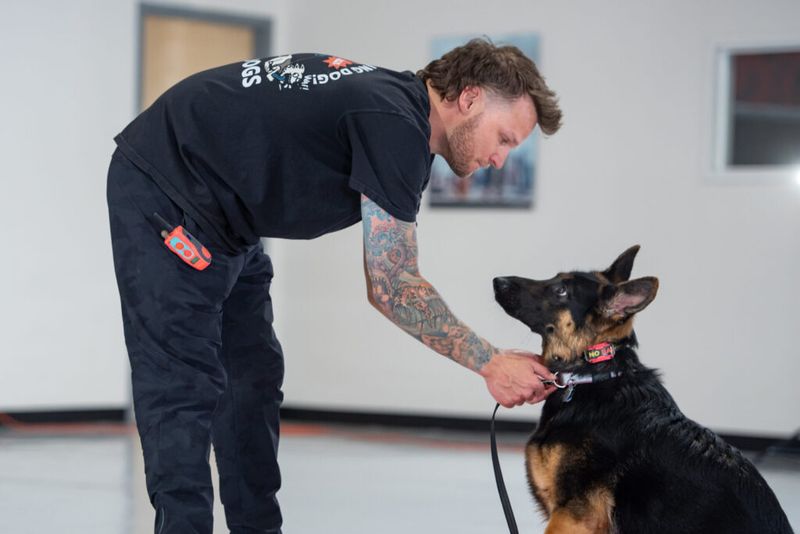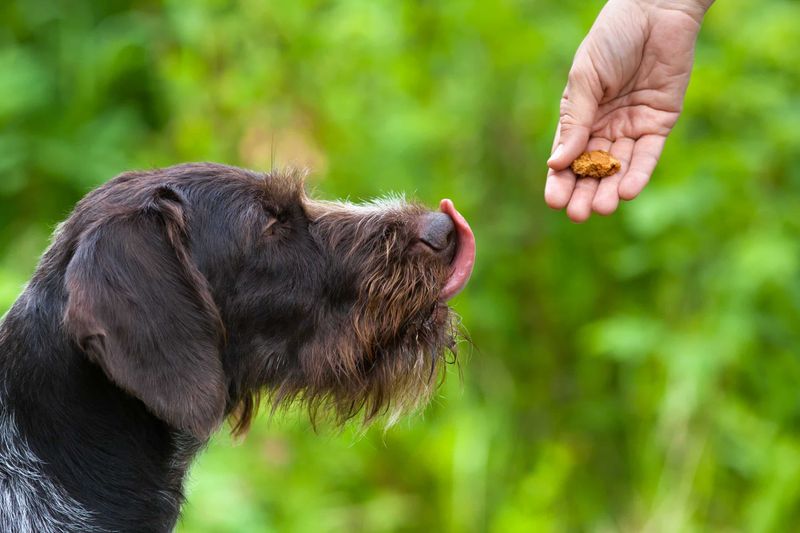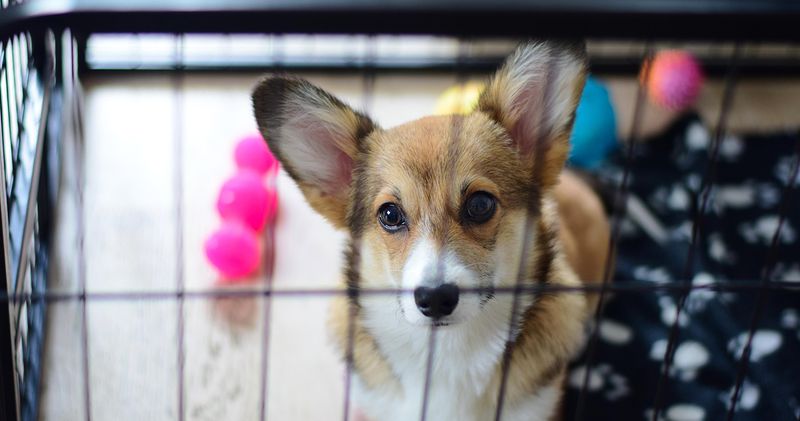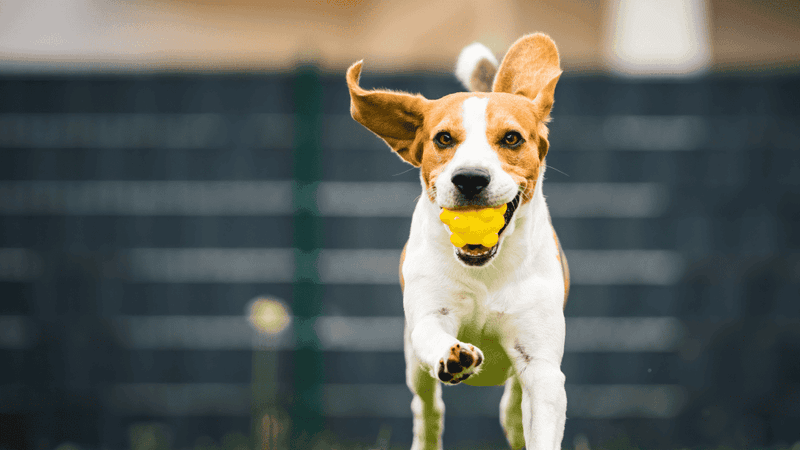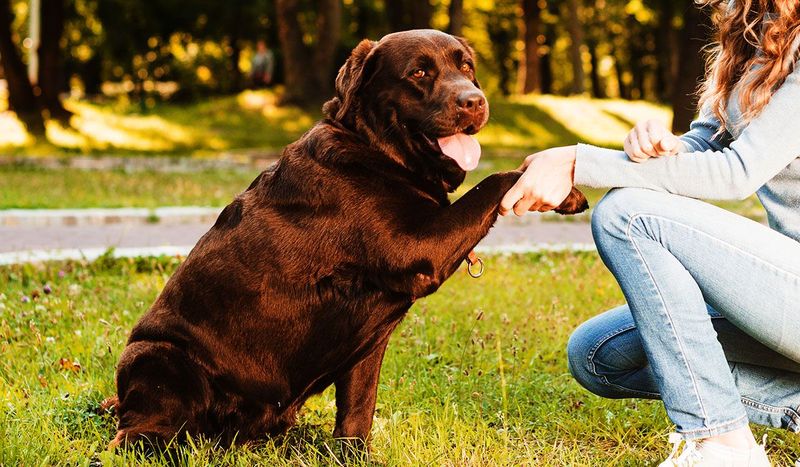Training a stubborn dog can be a challenging task, but with the right techniques and persistence, you can turn your unruly pup into a well-behaved companion. Here are 17 secrets that will help you achieve this transformation in just a matter of days.
Consistency is Key
Every dog benefits from a consistent training routine. It establishes boundaries and expectations, creating a stable environment for learning. Start by setting a specific time for training sessions and stick to it daily.
Repetition helps reinforce the desired behavior, making it easier for your dog to grasp new commands. Over time, even the most stubborn dogs learn to comply when they recognize a consistent pattern of rules.
Did you know? Dogs are creatures of habit, and a regular schedule can make them feel more secure and less anxious.
Positive Reinforcement
Harness the power of positivity when training your dog. Reward-based training not only encourages good behavior but also strengthens the bond between you and your pet.
Offer treats, praise, or playtime when your dog successfully follows a command. This teaches them that positive actions lead to positive outcomes.
Remember, a happy dog is more likely to be a cooperative dog. By focusing on rewards rather than punishments, you cultivate a nurturing training environment.
Understanding Body Language
Dogs communicate primarily through body language. Understanding their signals can greatly enhance the training process. Watch for signs of stress, excitement, or confusion during training sessions.
Tail wagging, ear positioning, and eye contact are all indicators of how your dog is feeling. By tuning into these cues, you can adjust your approach to better suit their needs.
Fun fact: A dog’s yawn doesn’t always mean they’re tired; it can be a sign of anxiety or stress.
Short and Engaging Sessions
Keep training sessions short and engaging to maintain your dog’s interest. Long sessions can lead to boredom and frustration for both you and your pet.
Aim for 5 to 10-minute bursts of focused, fun activities that challenge your dog mentally and physically. Variety is key, so mix up commands and introduce new games to keep things fresh.
By ending on a positive note, you ensure that your dog looks forward to the next training session.
Socialization Opportunities
Socialization plays a crucial role in a dog’s development. Expose your pup to various environments, people, and other animals to build confidence and reduce fearfulness.
Organize playdates with other dogs and visit dog-friendly places. These experiences teach your dog how to behave appropriately in different settings.
Did you know? Well-socialized dogs are generally more adaptable and less prone to anxiety-related behaviors.
Using Clicker Training
Clicker training is a powerful tool for shaping behavior. The click sound acts as a marker, signifying the exact moment your dog performs the desired action.
This method provides clear communication and quick feedback, helping dogs learn more efficiently. Start by associating the click with a treat, then gradually introduce commands.
Clicker training is particularly effective for teaching complex behaviors and tricks, offering a fun and interactive way to engage with your dog.
Establishing Leadership
Dogs respond well to confident leaders. Establish yourself as the pack leader by setting clear rules and boundaries. This doesn’t mean being harsh or domineering, but rather consistent and fair.
Guide your dog with calm assertiveness, rewarding compliance and correcting missteps without aggression. Leadership provides stability, reducing behavioral issues often seen in stubborn dogs.
Fun fact: Dogs are naturally wired to follow a leader, and providing this guidance helps them feel secure and happy.
Avoiding Negative Reinforcement
Negative reinforcement can create fear and anxiety, hindering the training process. Focus on redirecting undesirable behavior rather than punishing it.
If your dog exhibits unwanted actions, calmly guide them towards the correct behavior and reward them for complying. This approach nurtures trust and respect.
Remember, patience is key—every dog learns at their own pace. By fostering a positive learning environment, you encourage lasting behavioral changes.
Practicing Patience
Training requires patience and understanding. Dogs may not grasp commands immediately, and it’s important to allow them time to learn at their own pace.
Celebrate small victories and remain patient during setbacks. Adopting a calm demeanor reassures your dog, making them more receptive to learning.
Did you know? Consistent patience not only improves training outcomes but also strengthens the bond between you and your pet.
Using Proper Equipment
The right equipment can make all the difference in effective training. Use comfortable collars, leashes, and harnesses that suit your dog’s size and breed.
Consider tools like treat pouches or training pads for convenience. Proper equipment enhances safety and control during sessions.
Explore various options to find what works best for both you and your dog. Well-fitting gear ensures that your furry friend remains comfortable and secure throughout the training journey.
Creating a Safe Space
A designated safe space helps dogs feel secure and focused. Choose a quiet area free from distractions, where your dog can relax and concentrate on learning.
Include familiar items like toys or blankets to create a comforting environment. This space serves as a retreat for your dog during breaks or when they feel overwhelmed.
Did you know? Dogs associate specific spaces with activities, and a dedicated training area can enhance learning outcomes.
Understanding Your Dog’s Needs
Recognizing your dog’s needs is vital for successful training. Each dog has a unique personality and learning style, so observe their preferences and adapt accordingly.
Some dogs may respond better to verbal praise, while others prefer treats or playtime. Tailoring your approach ensures that training is enjoyable and effective for your pet.
Fun fact: Understanding your dog’s needs fosters a deeper connection and trust, paving the way for a harmonious relationship.
Rewarding Progress
Celebrate progress, no matter how small, during your dog’s training journey. Acknowledging achievements boosts your dog’s confidence and motivation.
Offer treats, affection, or extra playtime for milestones reached. This positive reinforcement encourages continued improvement and enthusiasm for learning.
By valuing progress over perfection, you create a supportive environment that nurtures your dog’s development and strengthens your bond.
Preventing Overstimulation
Avoid overwhelming your dog with too much stimulation during training. Pay attention to signs of fatigue or stress, like excessive panting or avoidance behaviors.
Incorporate regular breaks and provide a relaxing space for your dog to recharge. A well-rested dog is more focused and open to learning new things.
Did you know? Overstimulation can lead to behavioral setbacks, so balance is key in the training process.
Incorporating Play
Play is an essential part of training that keeps things fun and engaging. Incorporate games like fetch or tug-of-war into your routine to break up traditional training exercises.
These activities provide mental and physical stimulation, helping your dog burn off energy while reinforcing commands. Mixing play with learning makes training enjoyable for both you and your pet.
Fun fact: Dogs that enjoy play-based training are often more eager to participate and learn new skills.
Building Trust
Trust forms the foundation of any successful training relationship. Spend quality time with your dog, engaging in activities that strengthen your bond.
Use gentle touches, soothing words, and consistent care to build trust over time. A dog that trusts its owner is more likely to follow commands and behave appropriately.
Remember, trust is a two-way street—your dog relies on you for guidance and support.
Setting Realistic Goals
Set achievable goals to track your dog’s training progress. Break down complex commands into smaller, manageable steps.
Celebrate each milestone, keeping in mind that every dog learns at its own pace. Realistic expectations prevent frustration and set the stage for successful outcomes.
By aligning your goals with your dog’s abilities, you create a positive and productive training experience.
